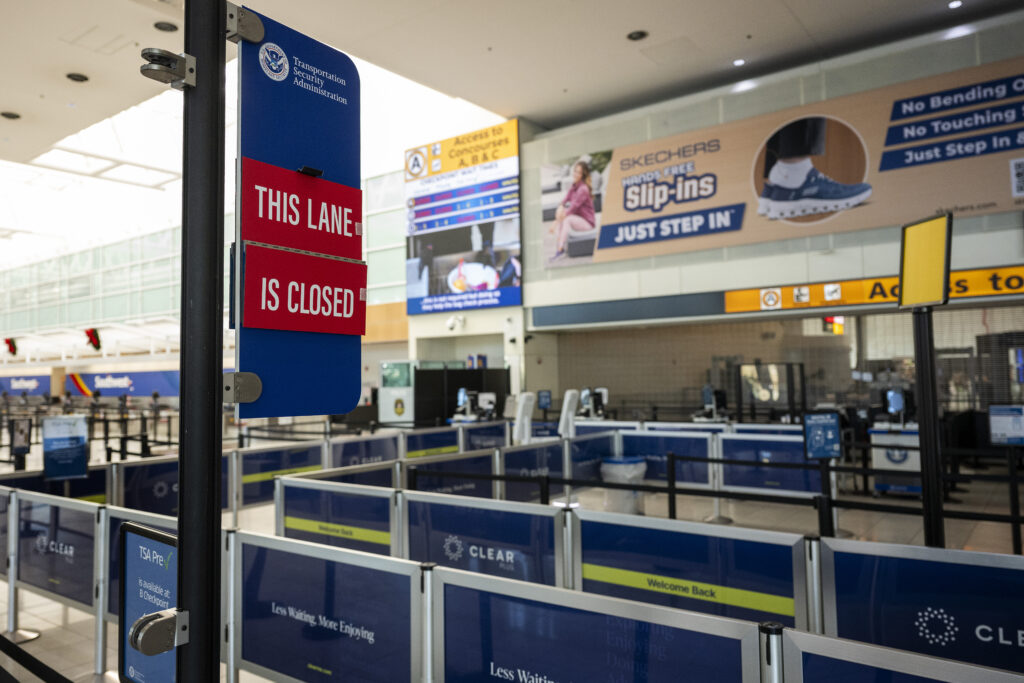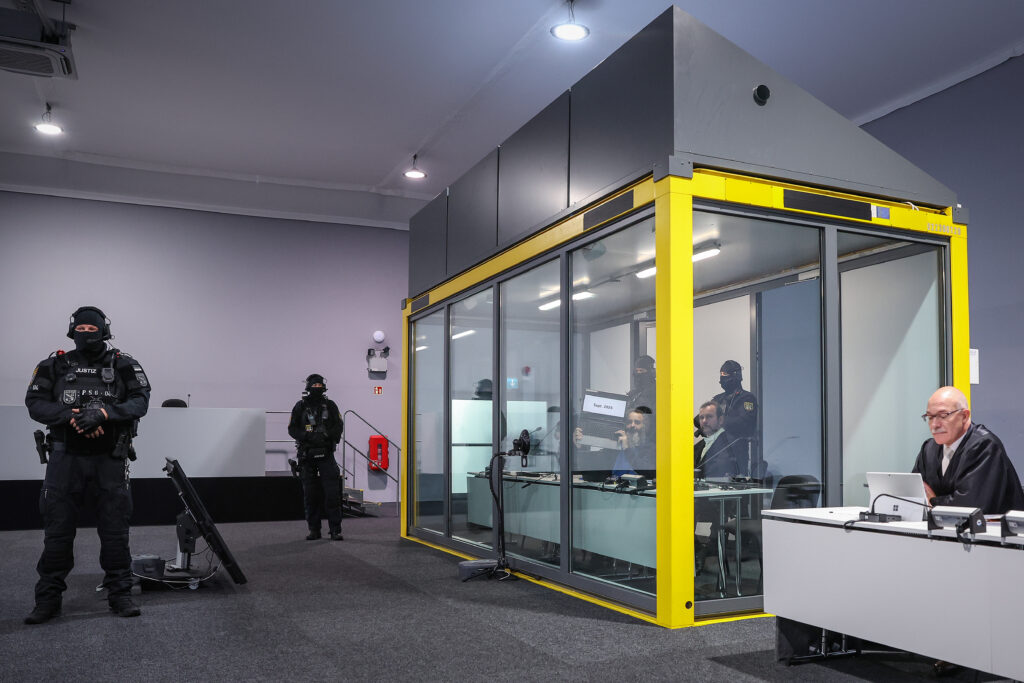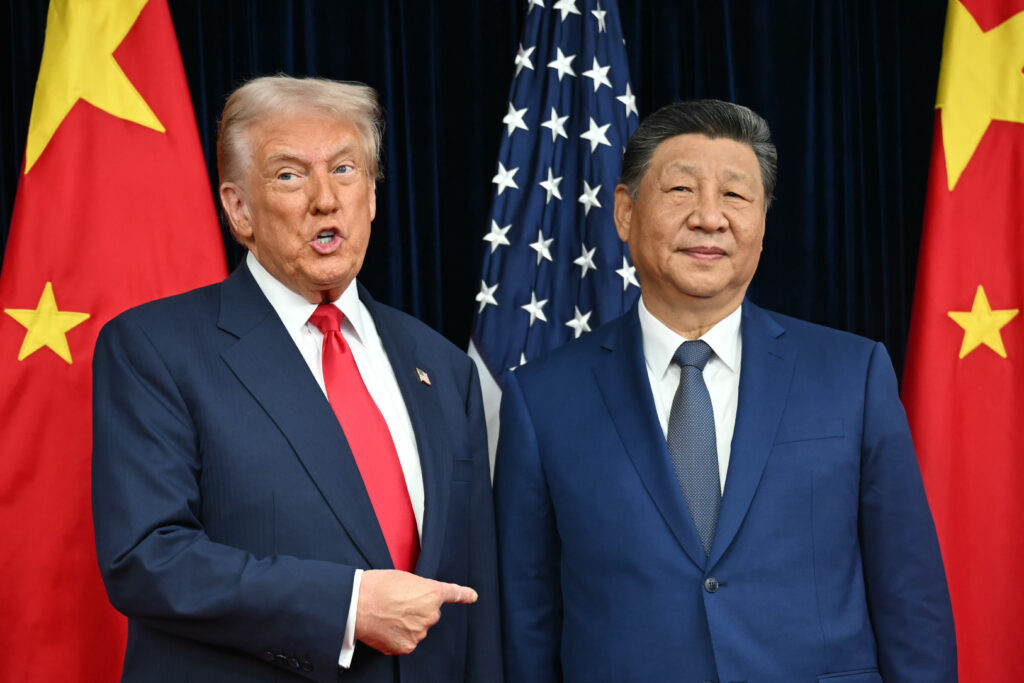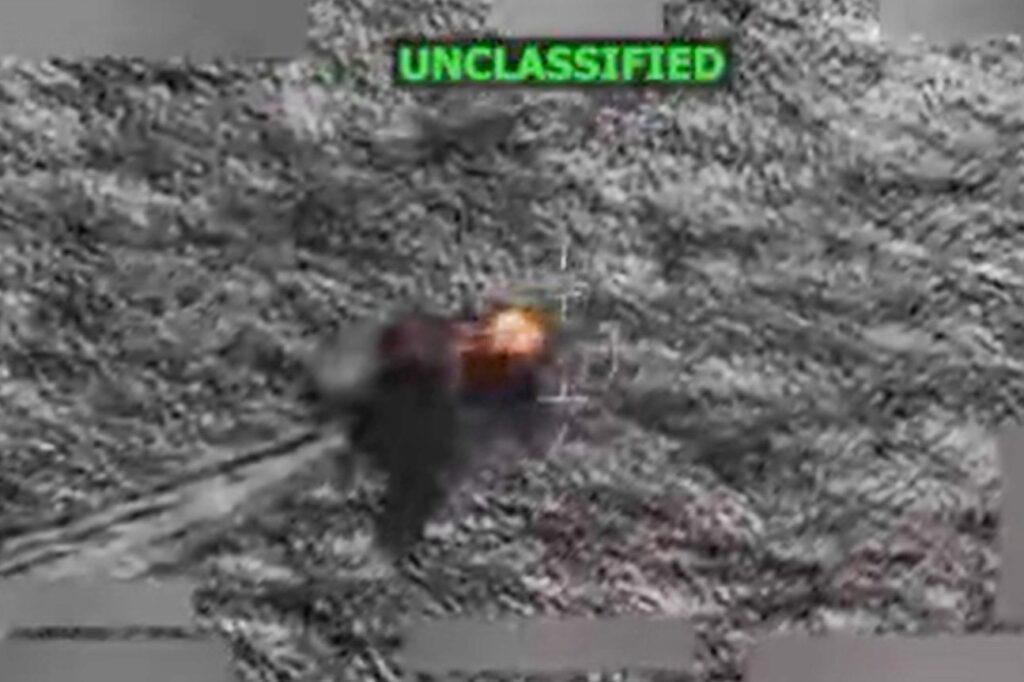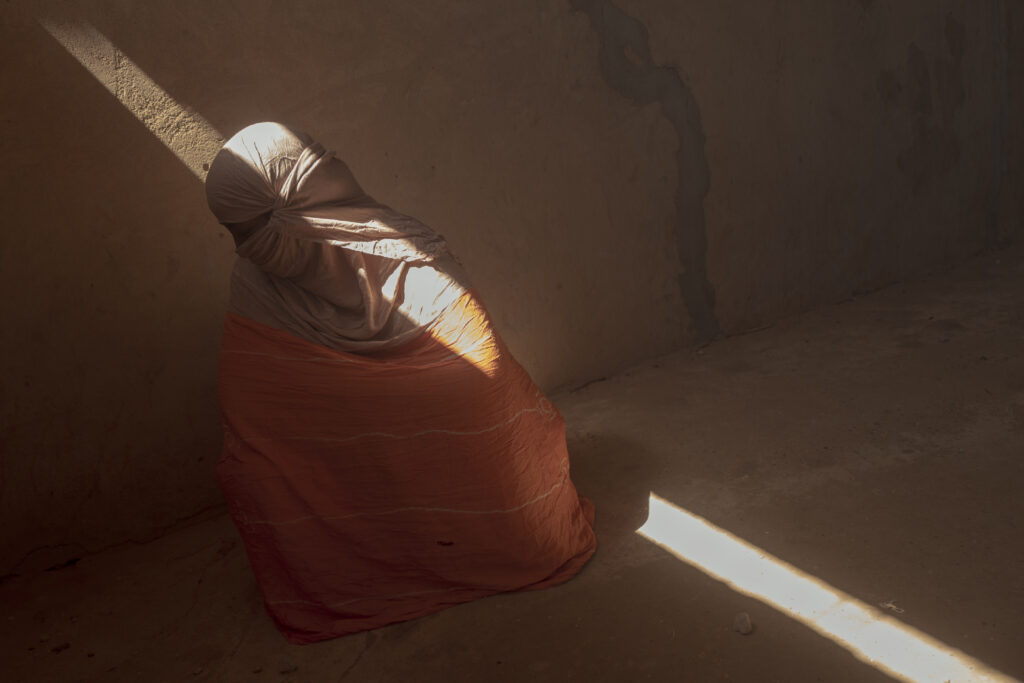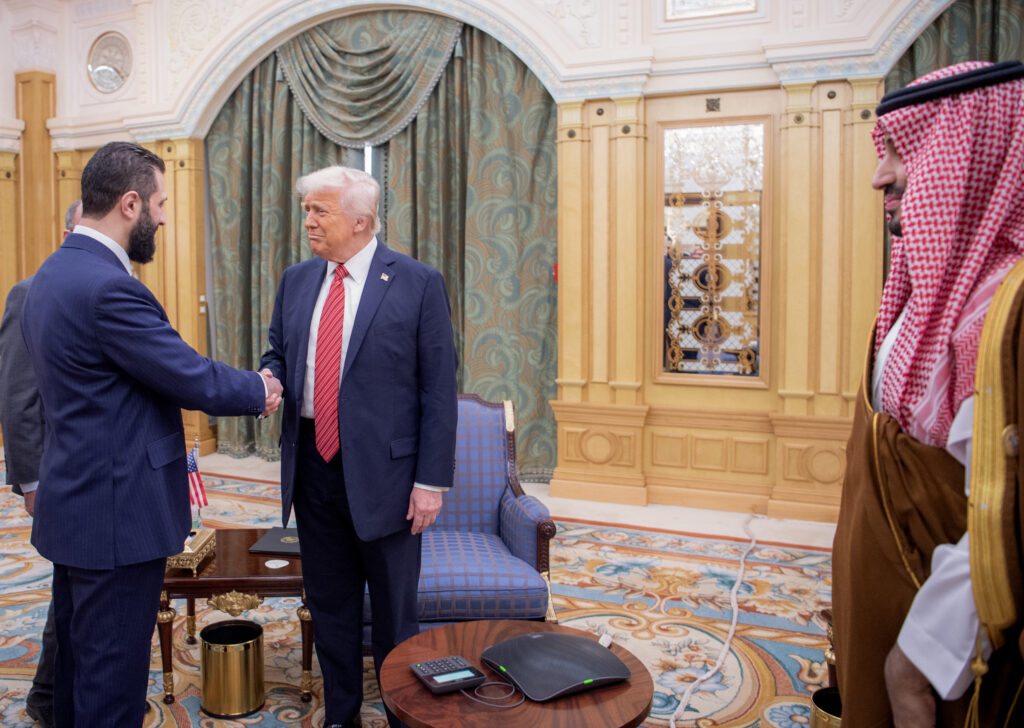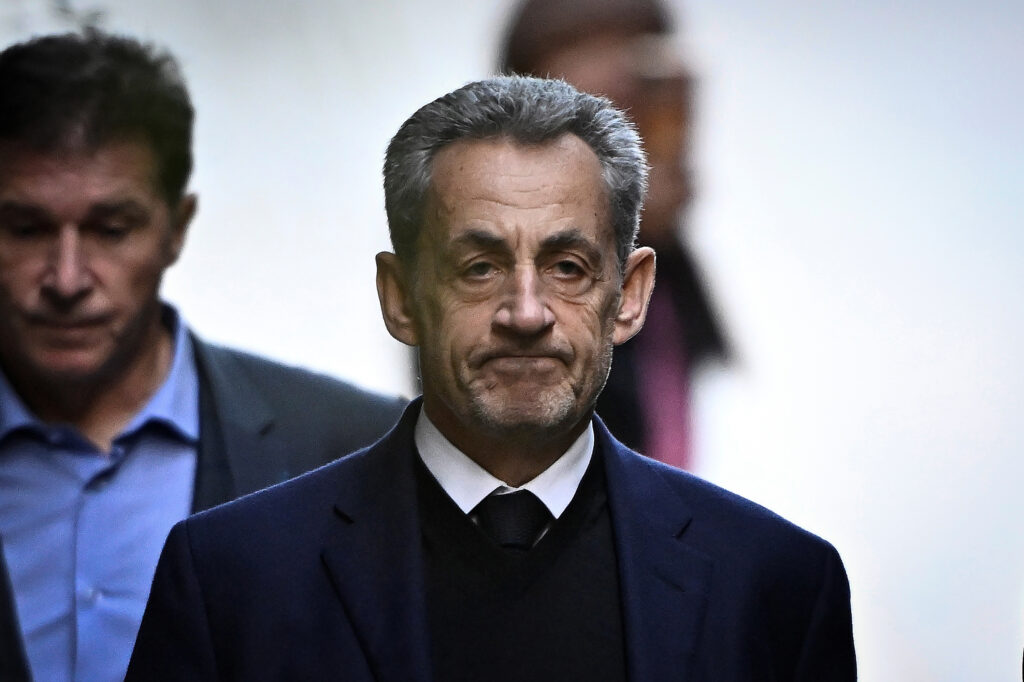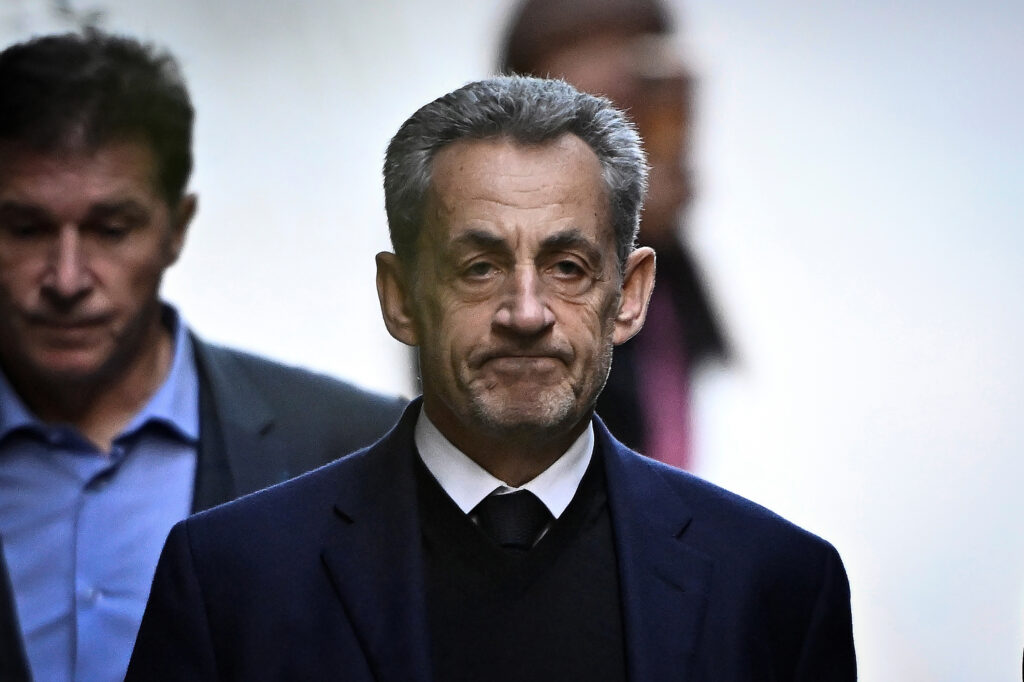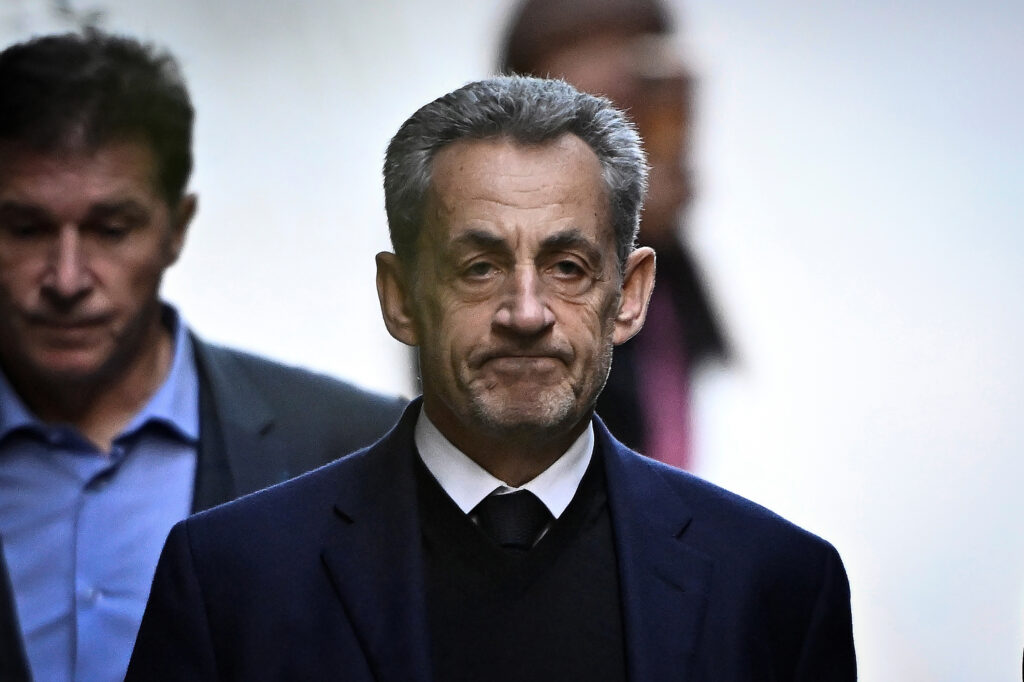Trump threatens air traffic controllers over shutdown absences
US President Donald Trump threatened Monday to dock pay of air traffic controllers he accused of shirking their “patriotic” duty, while their union decried being used as “political pawns” during the government shutdown.The statements highlighted the mounting strains on the aviation industry as the record-long shutdown hits day 41, though a compromise bill advancing in Congress was raising hopes of an imminent resolution.Thousands more trips involving US airports were canceled or delayed Monday after nearly 3,000 were cut a day earlier, according to tracking website FlightAware.The Trump administration last week ordered 10-percent reductions in flights at dozens of airports, including some of the nation’s busiest, due to concerns that staffing strains could threaten safety.Air traffic controllers, who are already in shortage in the United States, have been working without pay in the shutdown, leading some to call in sick.Trump took to social media on Monday to slam the absenteeism as un-patriotic, threatening that those who do not return to work “will be substantially ‘docked.'””All Air Traffic Controllers must get back to work, NOW!!!” he demanded on his Truth Social platform.Trump said he was recommending a bonus of $10,000 to the “GREAT PATRIOTS” who did not take time off during the shutdown.His statement was posted just as a press conference was concluding with the National Air Traffic Controllers Association (NATCA), organized to mark the second consecutive zero-dollar paycheck for its members.”Enough is enough,” said NATCA president Nick Daniels. He called an emerging deal in Congress a “right step in the right direction.””Air traffic controllers should not be the political pawn during a government shutdown,” said Daniels, who has spoken in increasingly dire terms since federal funding first lapsed on October 1.NATCA did not immediately respond to a request for comment on Trump’s remarks.Democratic congressman Rick Larsen called Trump’s comments “nuts.””The women and men working long hours in air traffic control towers to keep the aviation system running deserve our thanks and appreciation, not unhinged attacks on their patriotism,” said the Washington representative.- Working two jobs -The prospects for a potential resolution to the longest shutdown in US history looked brighter on Monday, after enough Democrats in the US Senate crossed sides to advance a bill to fund the government through January.However, Daniels noted that it took two and a half months after a lengthy shutdown in 2019 for all controllers to receive back pay.Meanwhile, “January 30 will loom around the corner,” he added.Daniels was joined at the event by Amy Lark, who works at an air traffic facility in Virginia.Her family is having to make due without two paychecks because Lark’s husband also works for the agency.”Yesterday, my kids asked me how long we could stay in our house. Having to answer that question was heartbreaking,” said Lark.She also described increased stress at work because of colleagues who have been up late working as an Uber driver or another job, while others face trouble paying for childcare.The cutbacks in the system are forcing travelers to adapt.”It’s a little crazy this morning. You’ve got to check and make sure you know you haven’t got your flight changes,” said Jack Nicks at Miami International Airport.”I have other friends that are flying today. They’ve already had three flight changes. So it’s a little rough.”
